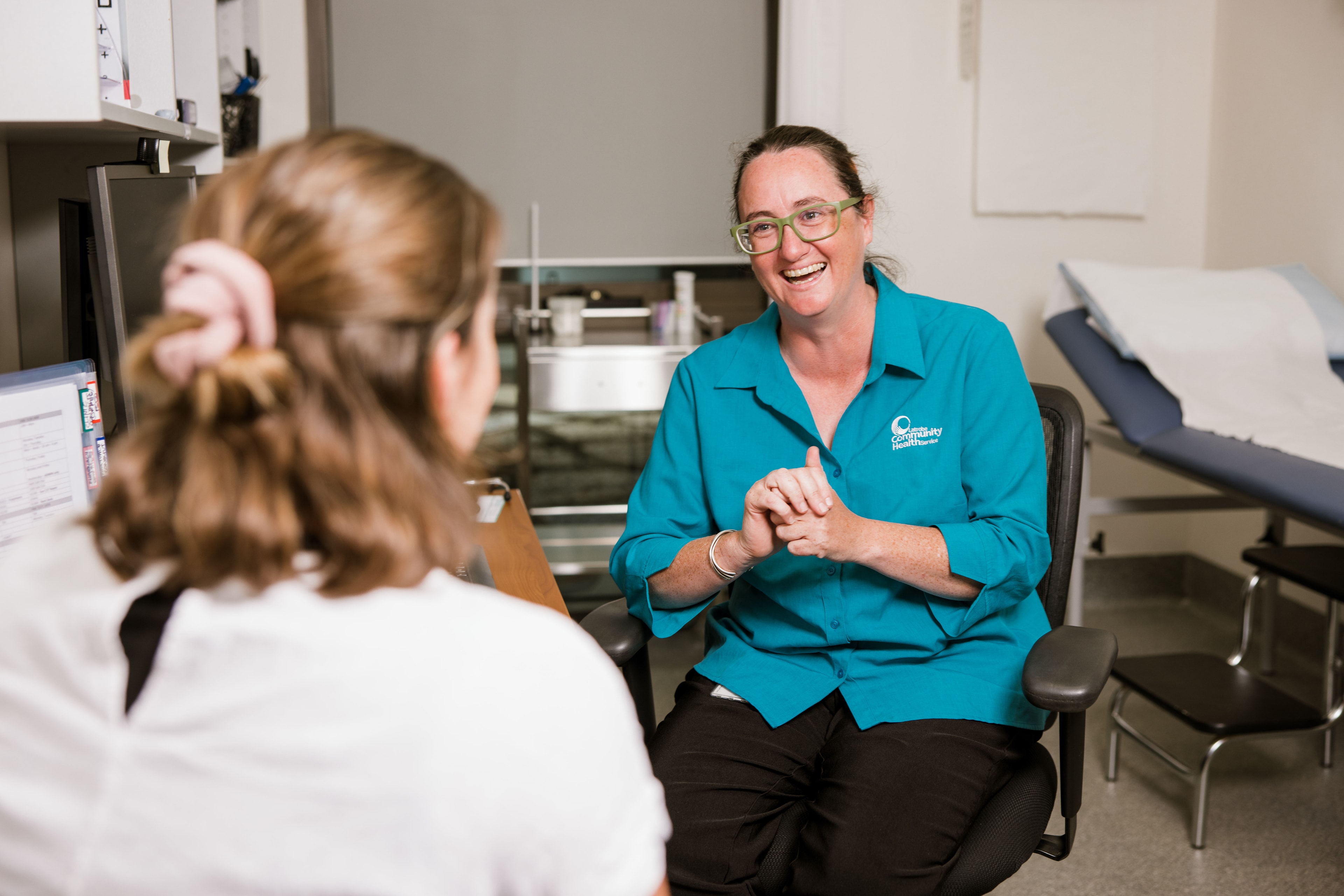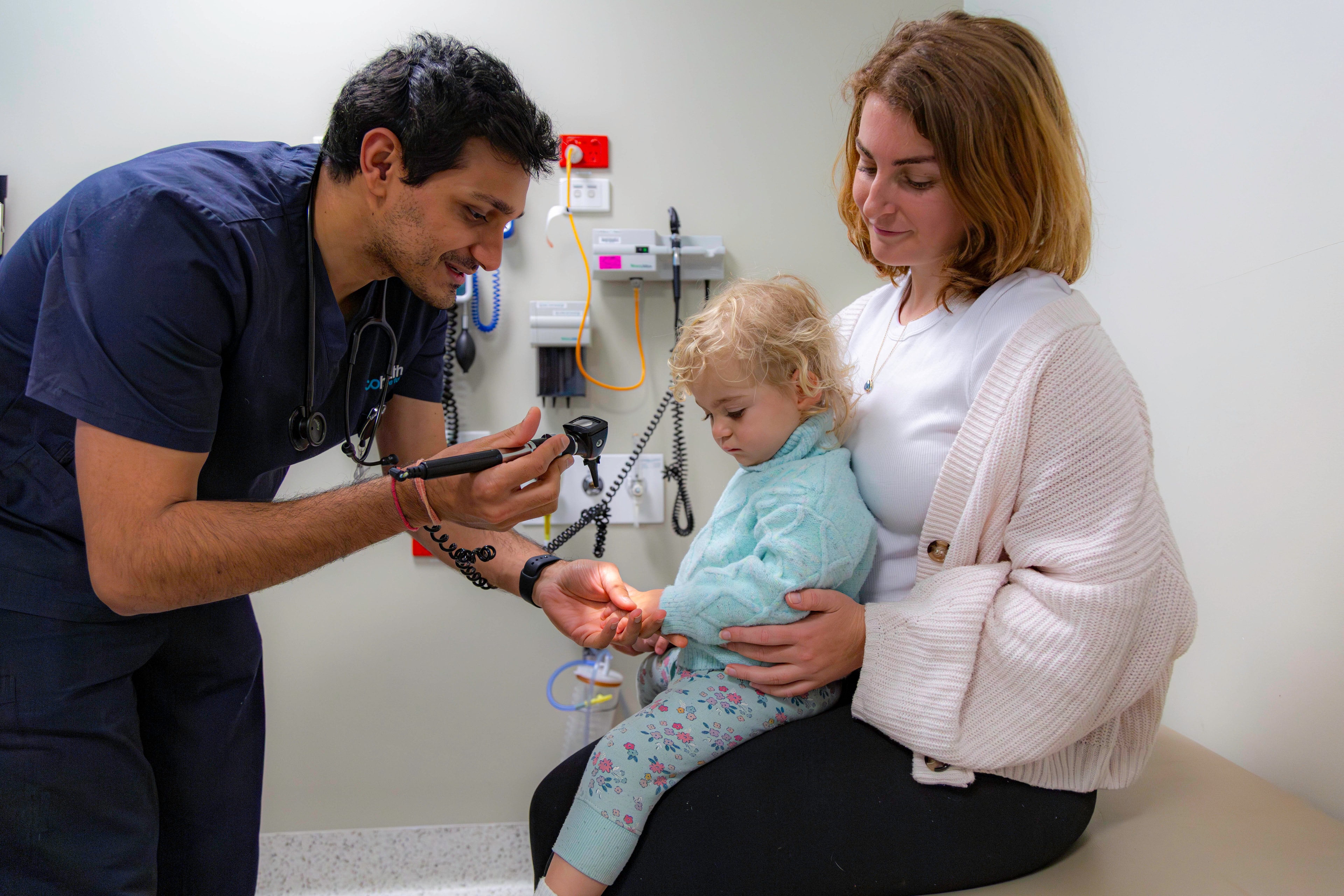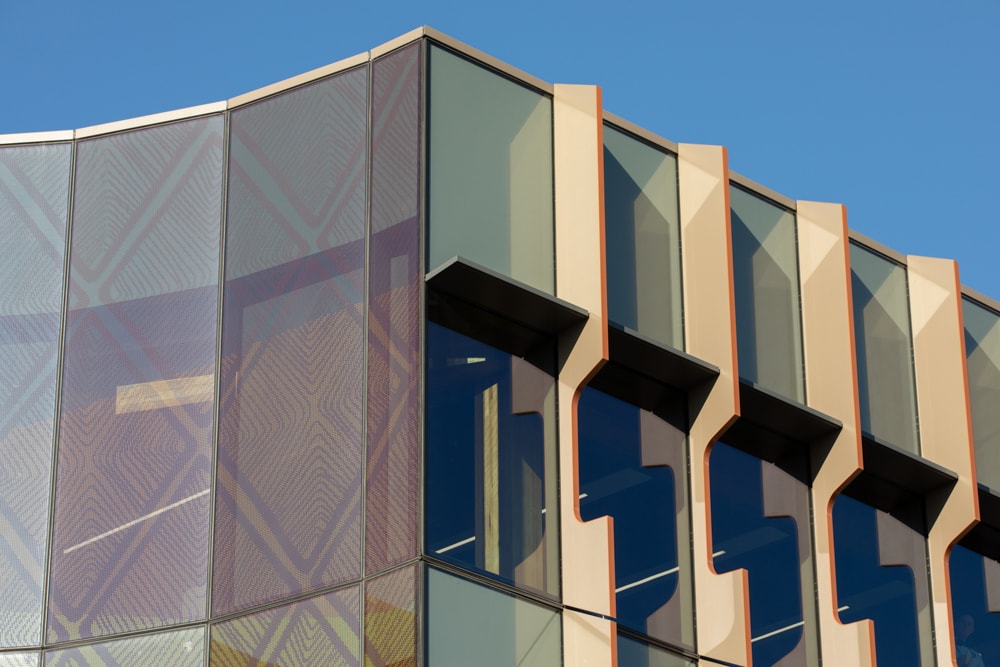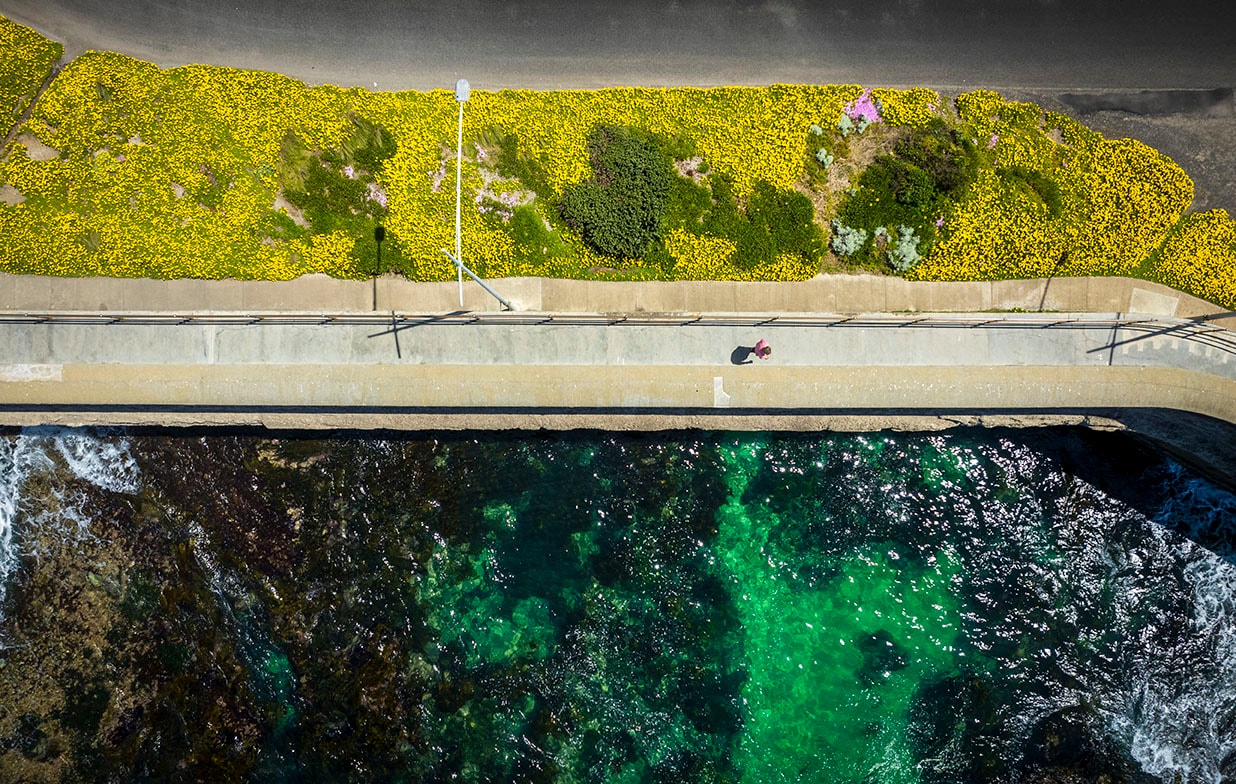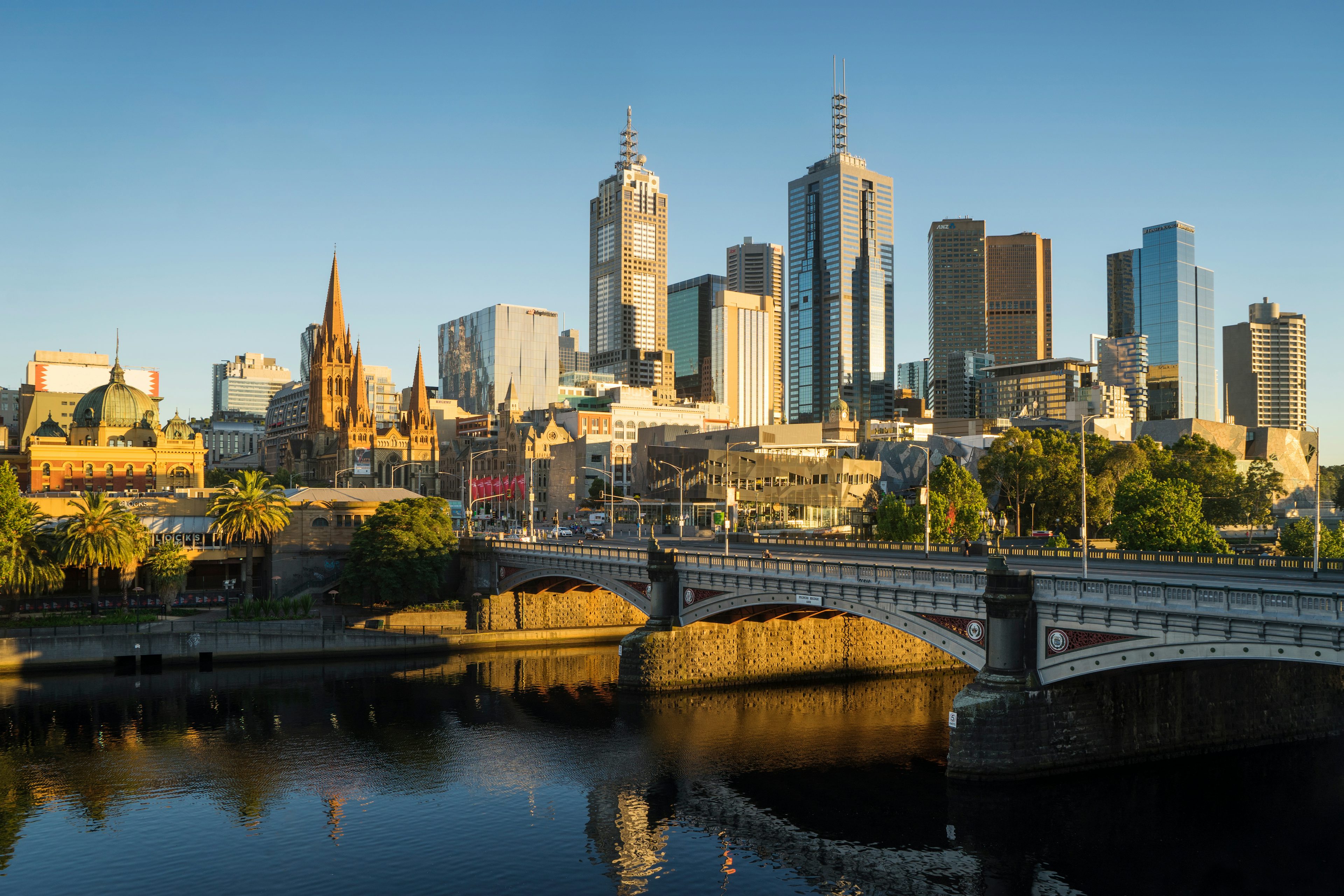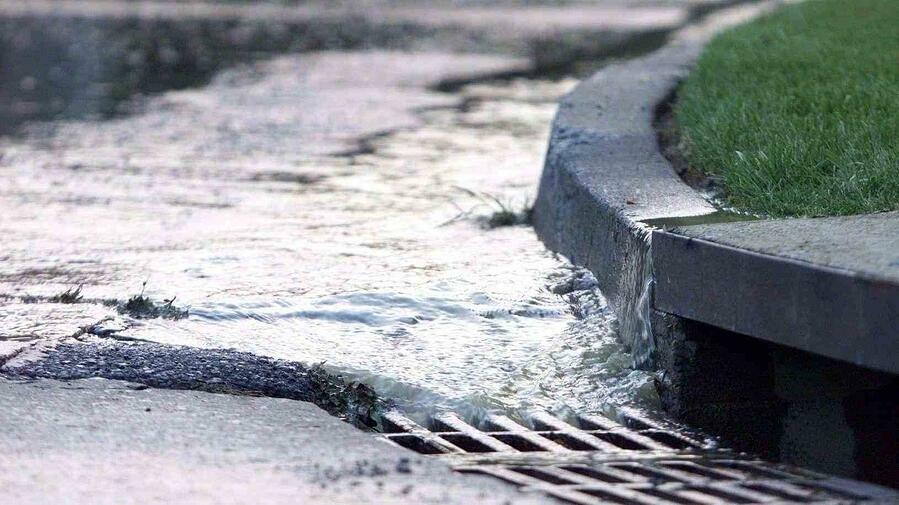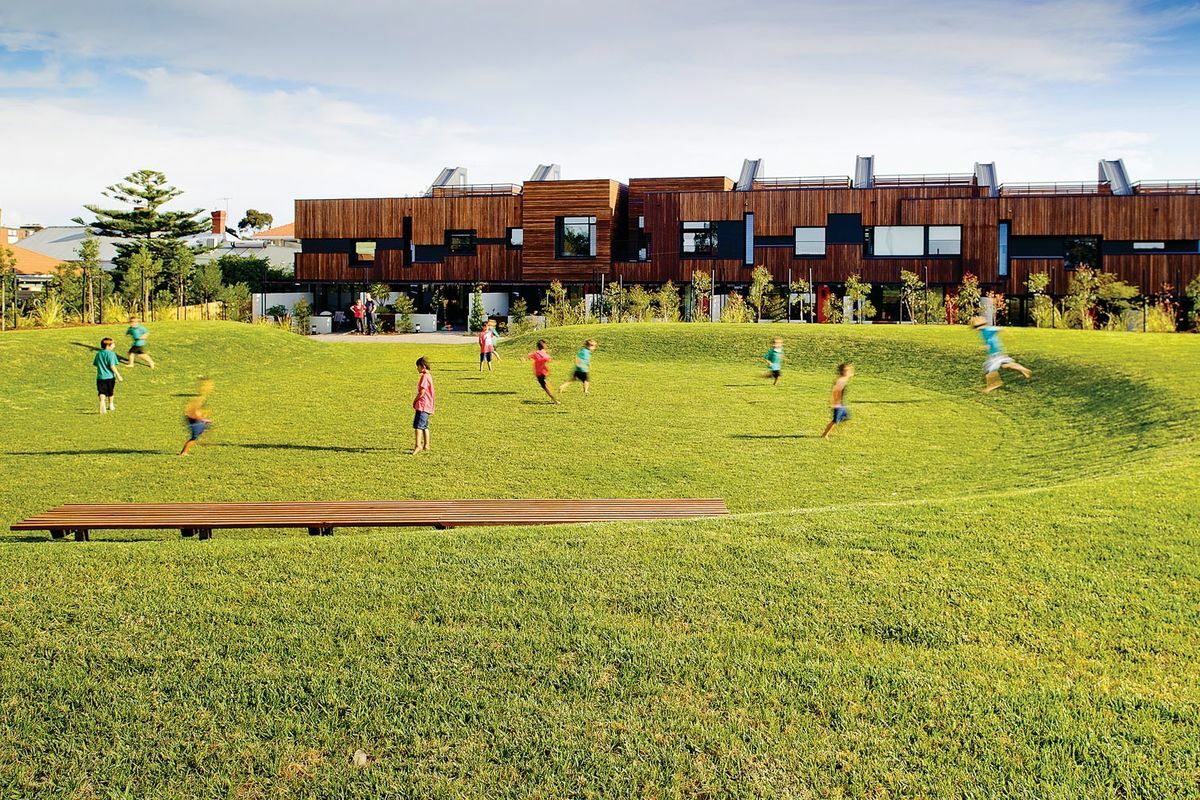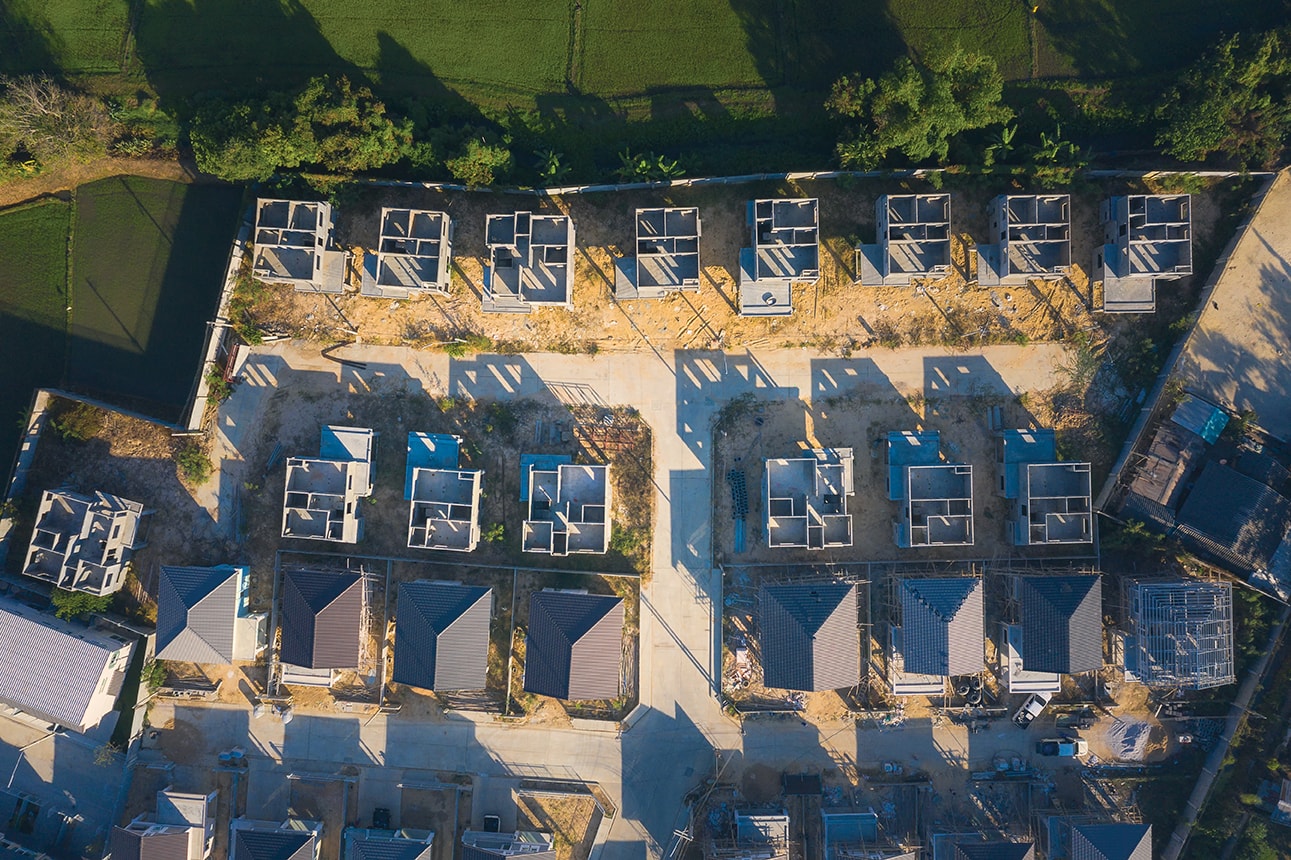Community infrastructure
Victoria needs modern and flexible health, education, social housing, justice and other social services. Infrastructure Victoria's research helps direct investment to areas that will benefit the state's growing and diverse population.
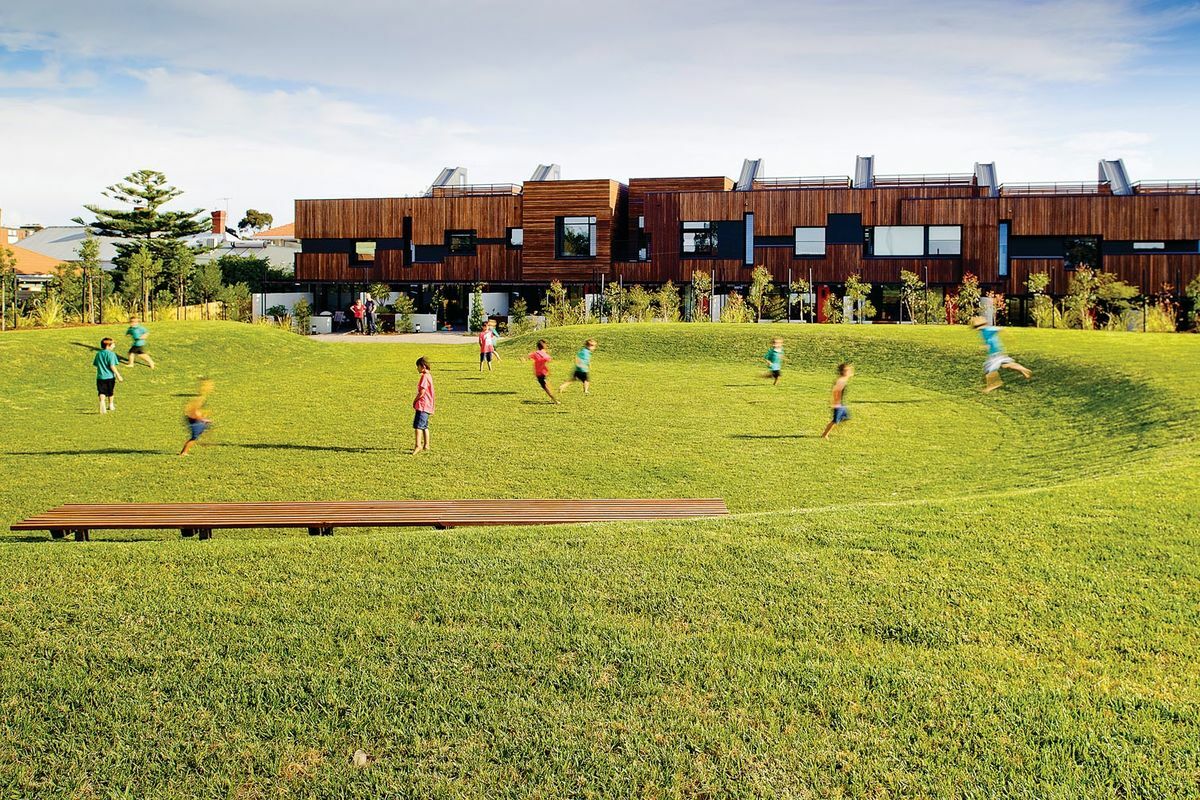
Challenges
Improving existing infrastructure
Victoria’s community infrastructure needs to grow and change with its people. Insufficient or ageing facilities can hinder access to timely and quality services. More infrastructure and service innovation are needed to meet current and future demand. Upgrades to existing assets are also necessary to meet the needs of an increasingly diverse population.
Supporting new neighbourhoods in outer Melbourne
Melbourne's 7 designated growth areas are experiencing rapid population rise. Growing populations in these areas are often more diverse. Housing is more affordable but is usually built on former rural land with limited infrastructure. People in these areas can find it hard to access the social infrastructure and services they need.
Delivering suitable and timely services
Infrastructure for new and developing communities is often delivered long after residents move into an area. Delivering the right infrastructure at the right time ensures people can access the infrastructure and services they need. This is important for their social and economic wellbeing.
Key recommendations
Fund regional councils in the next 5 years to update, repurpose or retire outdated community infrastructure for better service delivery.
Last updated Dec 07, 2021
In the next year, establish an accessibility upgrade fund to contribute towards priority building upgrades to meet contemporary accessibility standards. By 2032, require all Victorian Government provided and funded services to be delivered from premises that meet contemporary accessibility standards.
Last updated Dec 07, 2021
In the next year, start a co-design process with Aboriginal Victorians to develop a plan to guide investment in Aboriginal community-controlled infrastructure to meet current and future social, economic and cultural needs.
Last updated Dec 07, 2021
In the next 5 years, increase funding to support local governments to plan and deliver libraries and aquatic recreation centres in Melbourne’s 7 growth area municipalities.
Last updated Dec 07, 2021
Over the next 30 years, achieve 30% tree canopy coverage in new growth areas by mandating coverage during precinct development, funding relevant Victorian Government agencies and local government to plant, replace and maintain canopy trees, and work with utility providers to remove barriers to tree planting.
Last updated Dec 07, 2021
In the next 3 years, help create an interconnected open space network and extend the urban tree canopy, by providing direct funding, and reviewing and reforming the developer open space contribution scheme.
Last updated Dec 07, 2021
Plan and consistently deliver corrections and youth justice infrastructure while managing demand. By 2023, undertake long-term corrections and youth justice infrastructure planning, alongside policy measures that reduce short-term volatility and demand. In the next 15 years, consistently deliver a program of corrections and youth justice infrastructure projects to meet long-term demand.
Last updated Dec 07, 2021
In the next 10 years, invest in technological capacity to better support a responsive police service, and deliver infrastructure to enable a contemporary hub-and-spoke policing model, co-located with health and human services where appropriate.
Last updated Dec 07, 2021
In the next year, begin increasing court efficiency and help meet demand by digitising suitable court systems and procedures. Invest in new contemporary, adaptable, multi-jurisdictional court facilities during the next 10 years.
Last updated Dec 07, 2021
